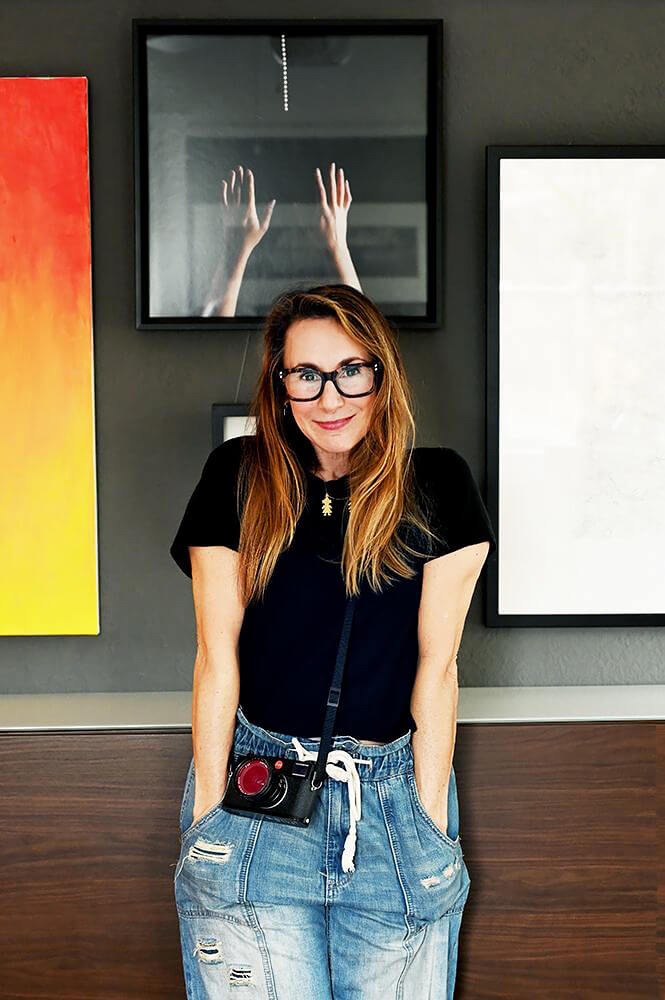Cori is a lens-based storyteller. With a B.A. in English and an M.F.A. in Photography she combines the two specializations to create visual narratives. Fact, fiction and poetry intermix to address the evolving nature of self and family. Dreams and nightmares coexist. As the participant observer she balances on the tightrope between seeing and being.
Living and working in Savannah, Georgia, she is the mother of fraternal twin daughters and a Professor of Photography at The Savannah College of Art and Design.
Cori teaches Lightroom, Darkroom, Portfolio Building and Book Making. She is included in Who's Who Among American Teachers and quoted in ''Teaching Photography: Tools for the Imaging Educator''. Selected publications include ''The View Project'', F-Stop magazine, Art Ascent, Art Square New York, and ''Eye Mama: Poetic Truths of Home and Motherhood''.
Born on the Same Day
Born on the Same Day reflects the separation and interdependence of fraternal twin girls. By the taking on and discarding of roles, it is the discovery of their world through free play and fantasy. They embrace the life-long process of understanding themselves and each other.
Every morning they open their eyes and there is ''the other one'', their twin, their castmate. Everything around them began the same, yet they are entirely unique.
Snow White, draped in Rapunzel's hair, cascades down the stairs. The other child, who refuses to wear clothes, sits on a stool examining a wounded knee. Snow White, donning a veil like Mother Teresa's, twirls towards her twin to get a glance. Her gesture, the transition of separateness to closeness is her own, but also an empathic gift to her sister, and a serendipitous moment for her mother photographer.
They weave a tale of drama, comedy, and tragedy. They dance together, push apart, run away and always return to dance together again. One moment they hate each other and the next they are giggling behind a closed bedroom door. Their story began with me soothing their booboos, providing costumes, and always being the safe haven. As princess costumes turned into gymnastics competitions and pointe shoes, simply kissed wounds have been replaced with the joys and sorrows of fantasy falling away. They sob, they scream, they triumph and fail, creating a space in a bigger world and turning to each other to be understood and accepted.
Sometimes I cry. Often, I laugh. I console. I advise. I feel their suffering and strength, working to lessen the former and develop the latter. And all the while I make photographs, having also become the archivist of their childhood, creating a lyrical, vivid family album as unique as each twin.
